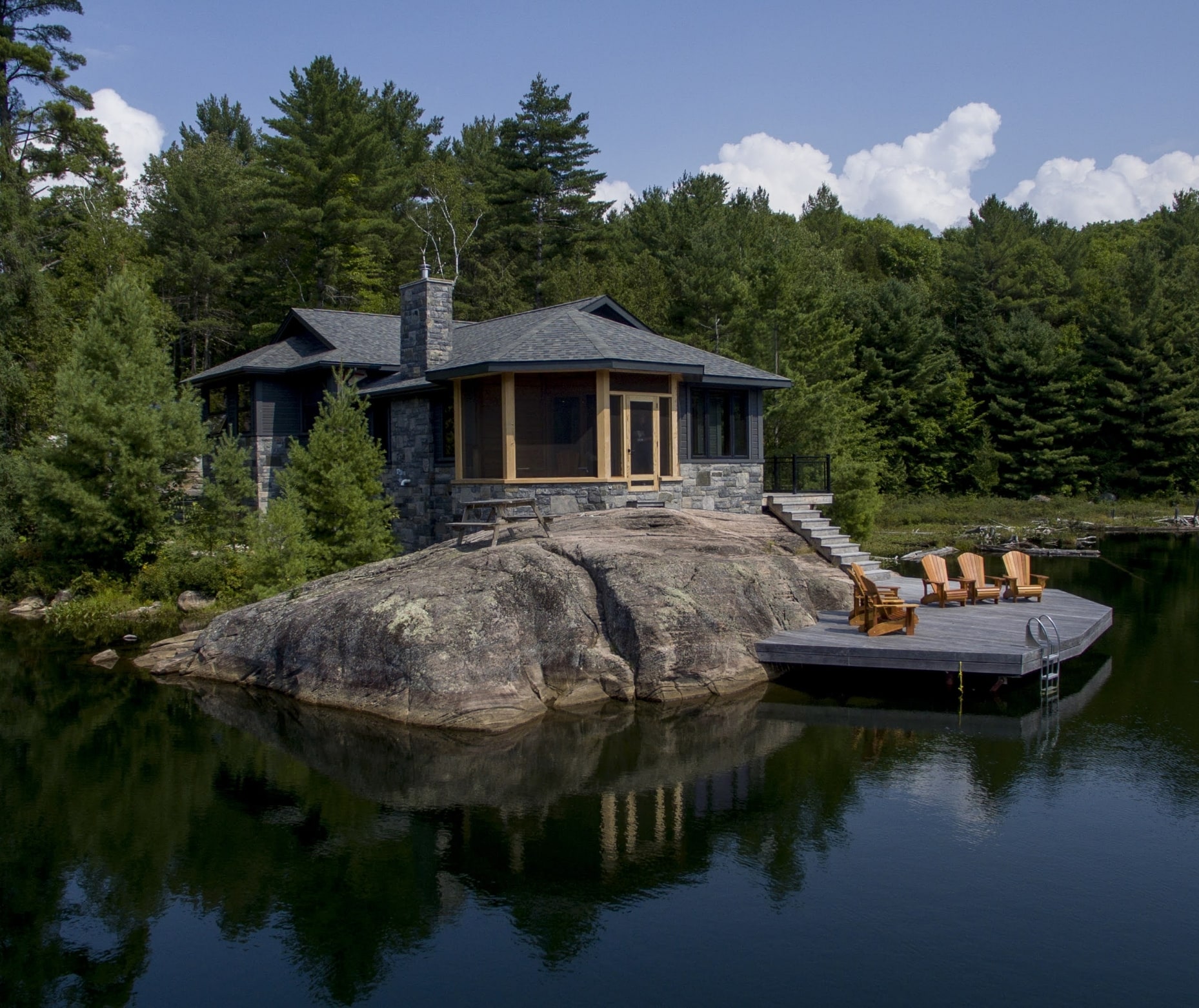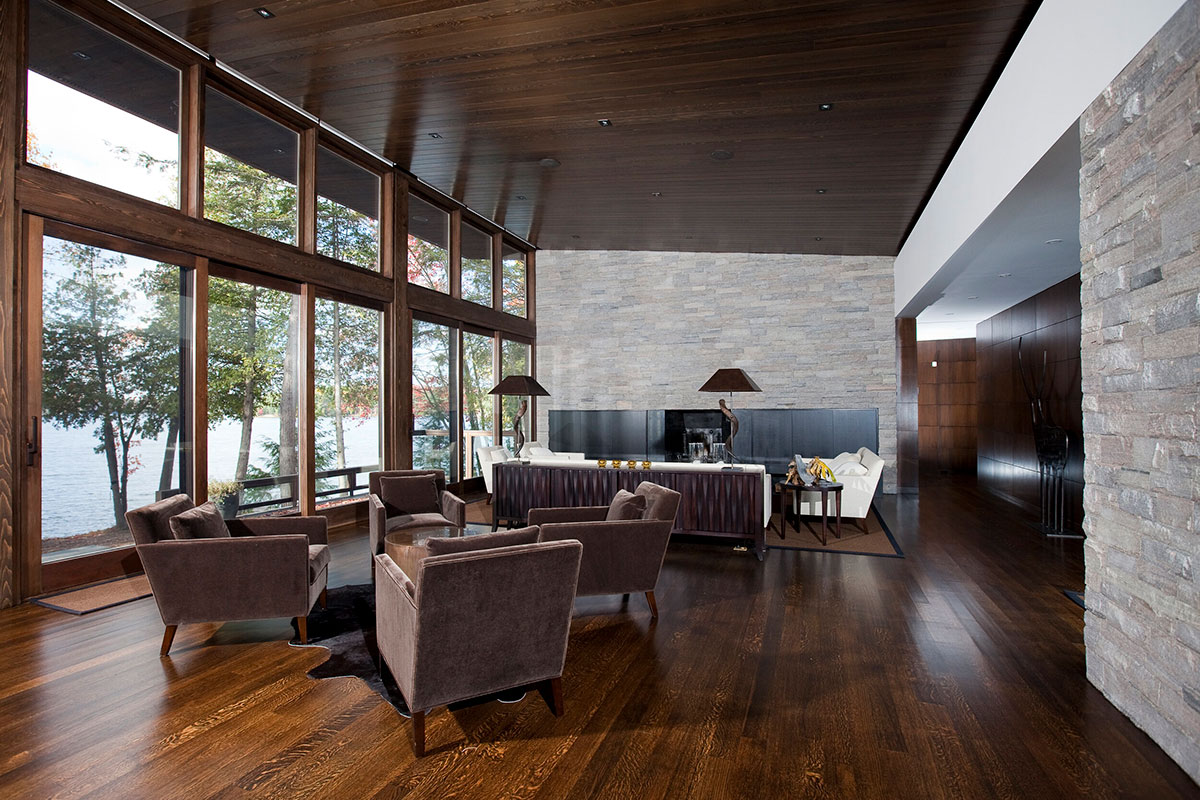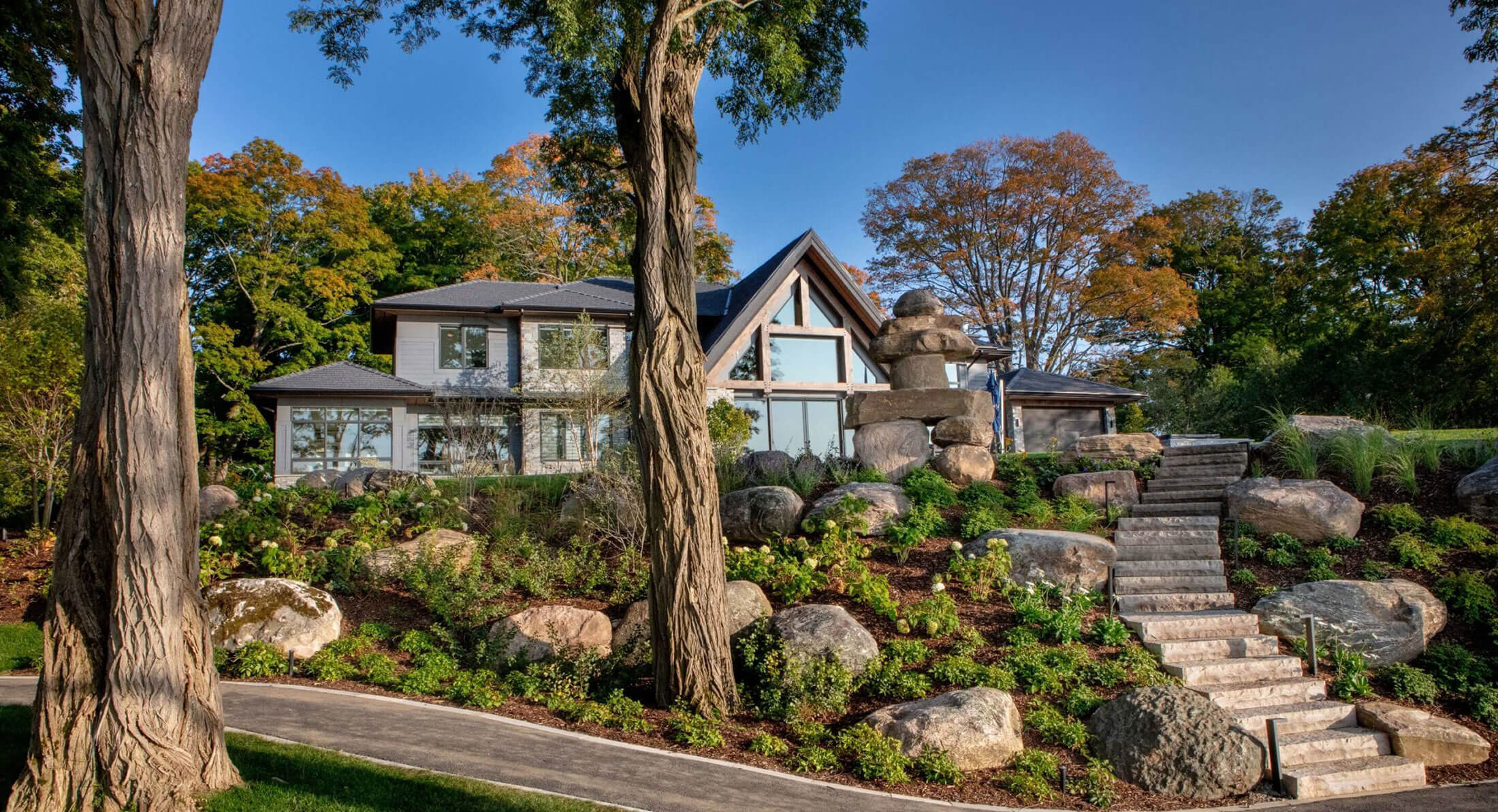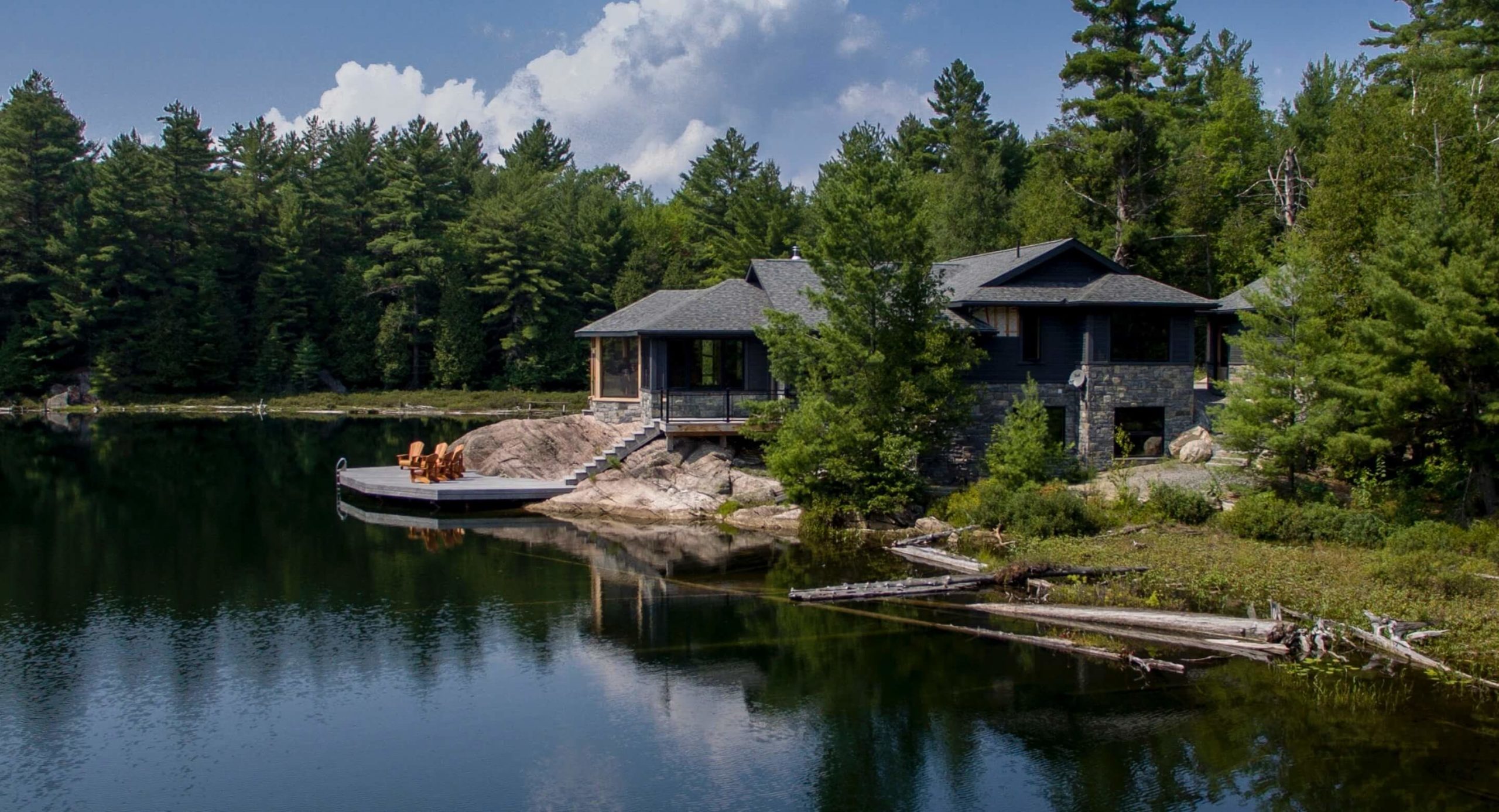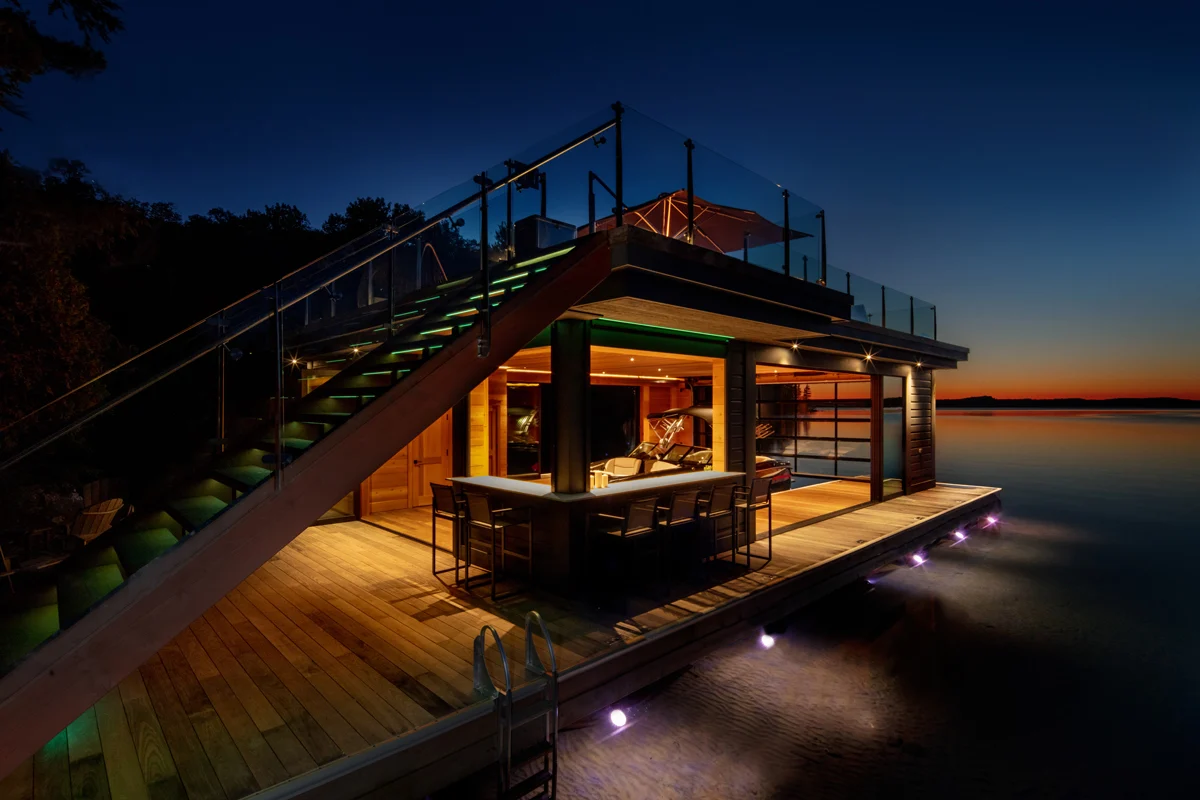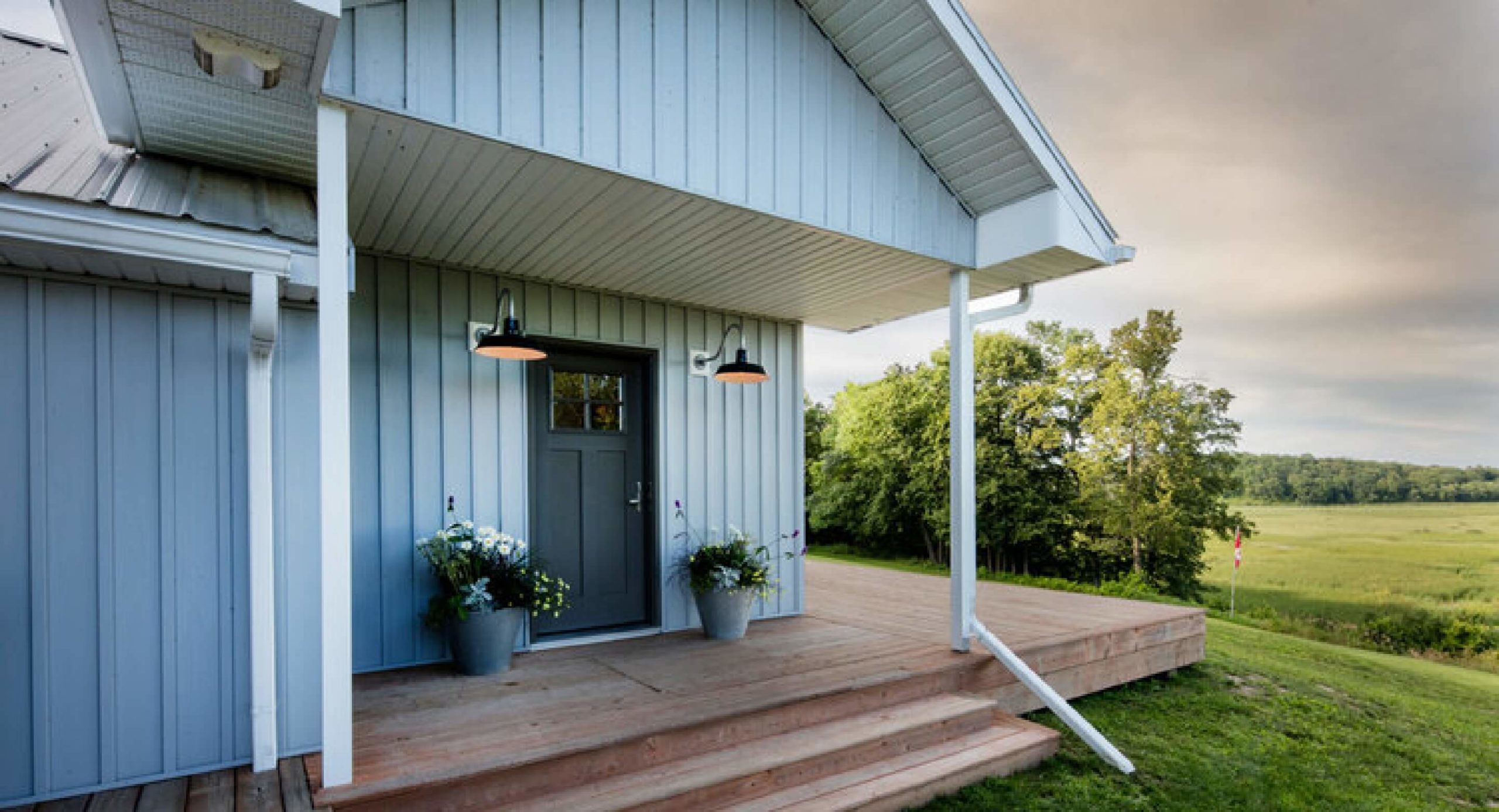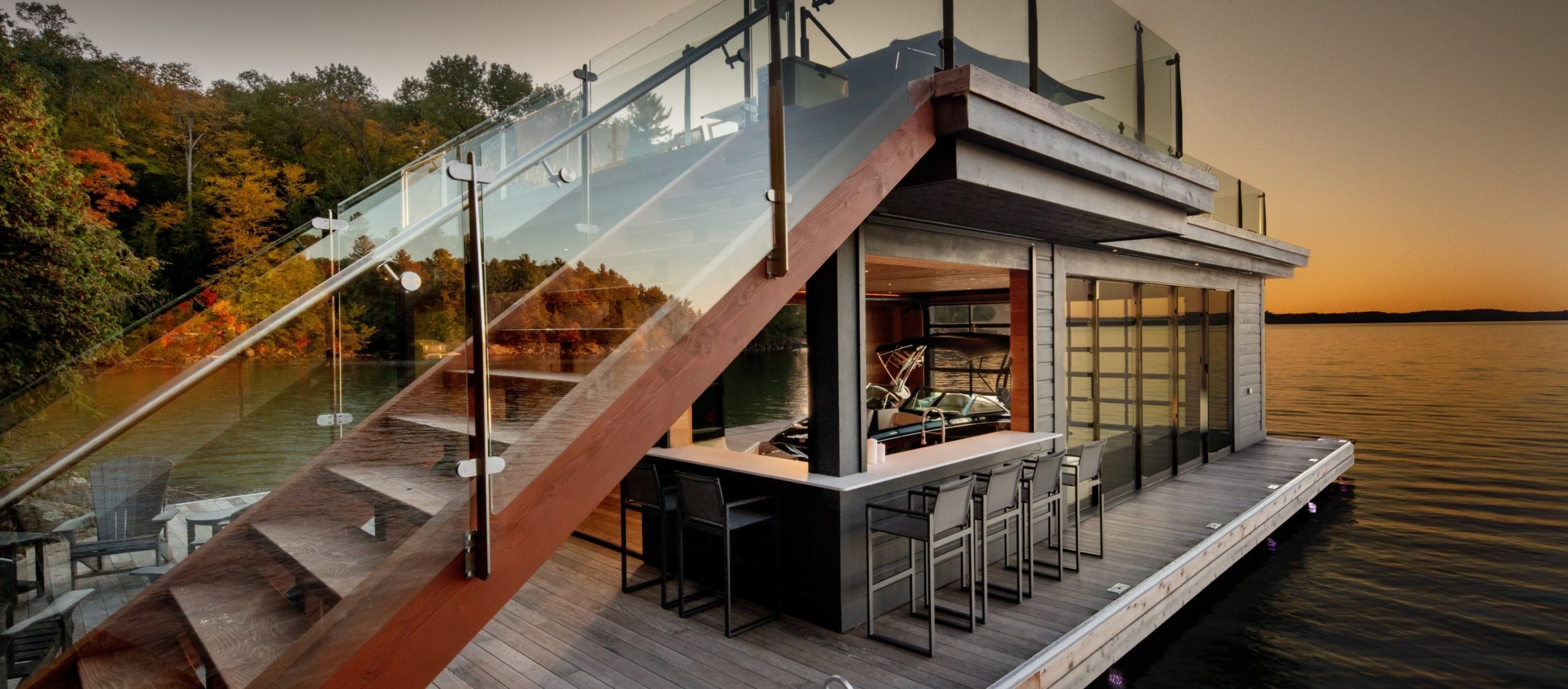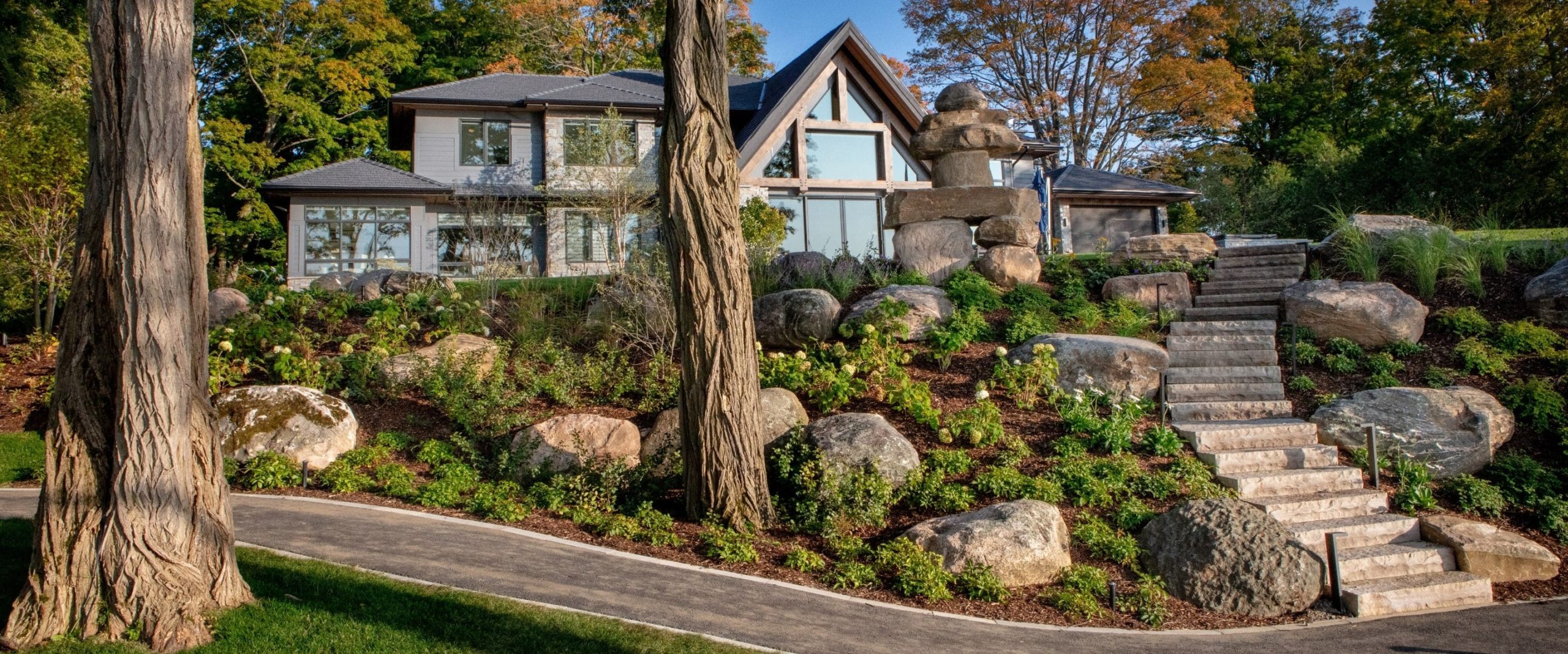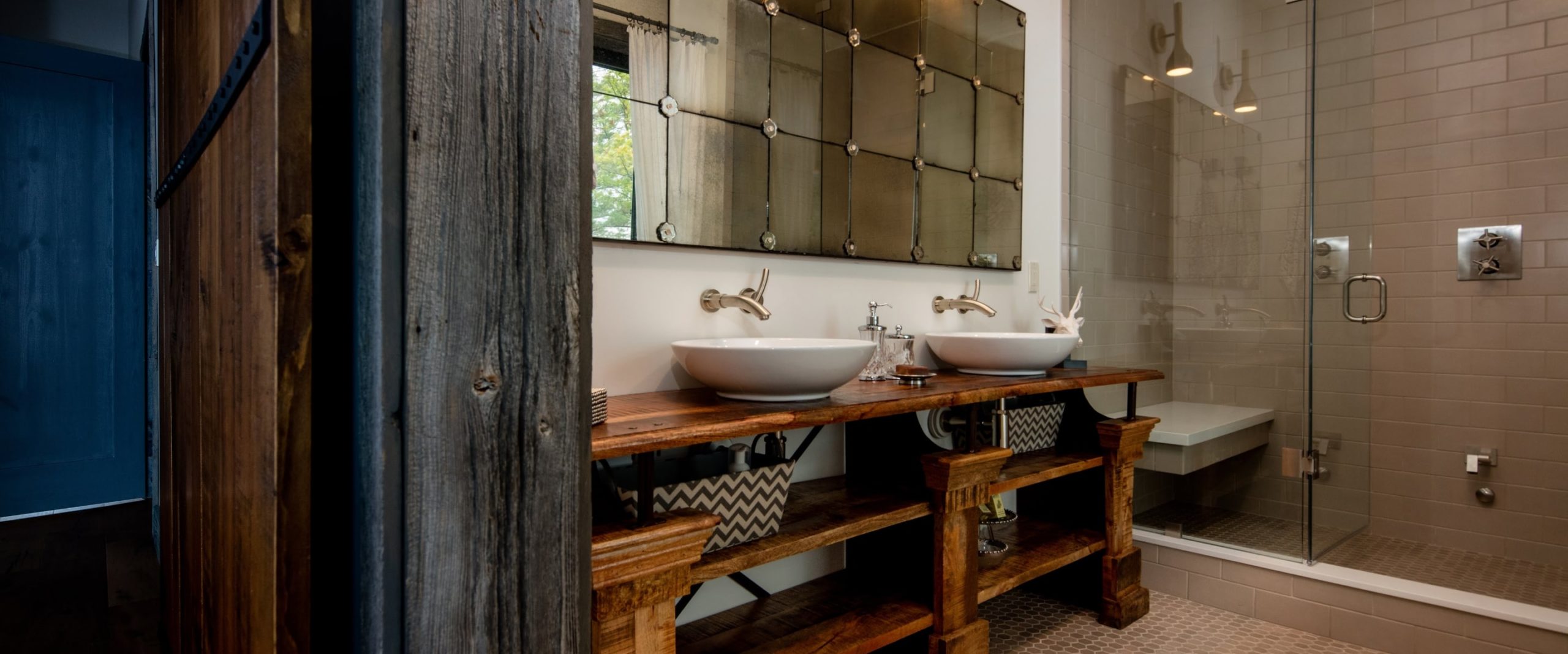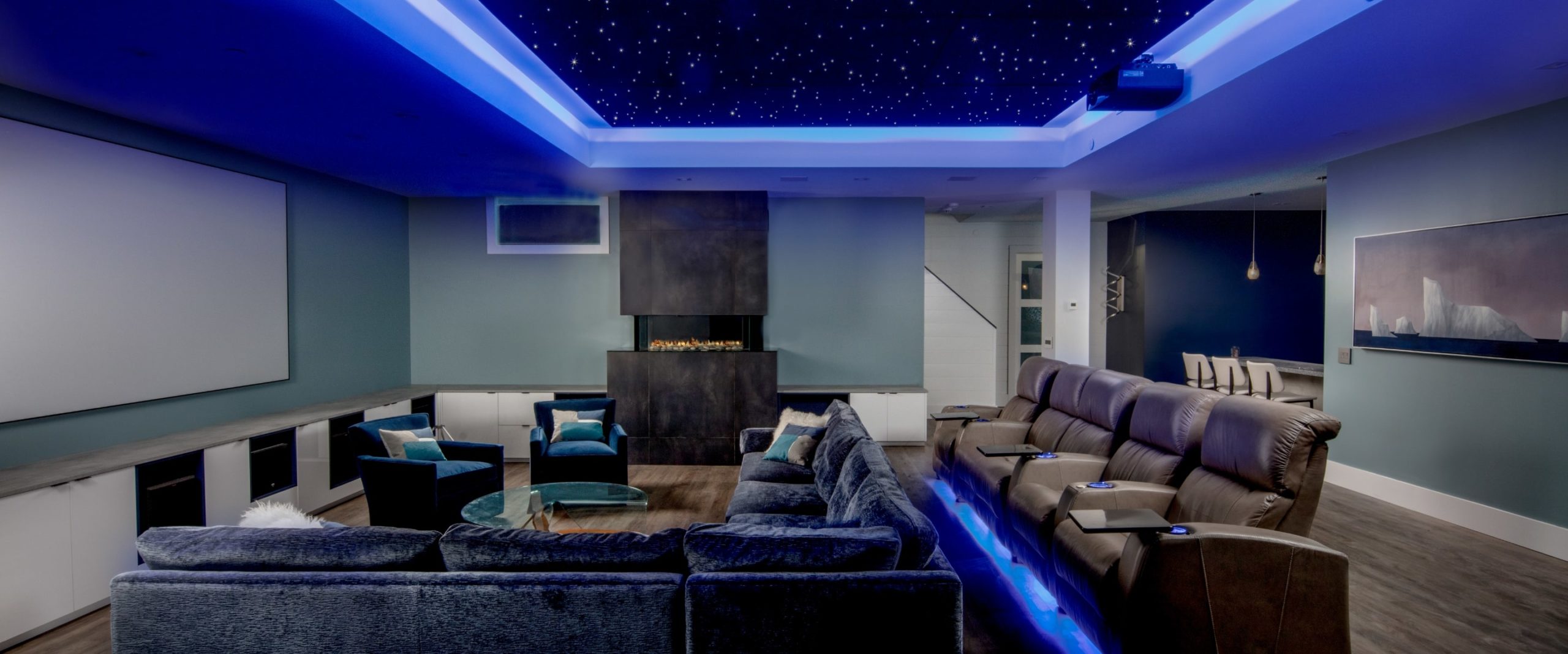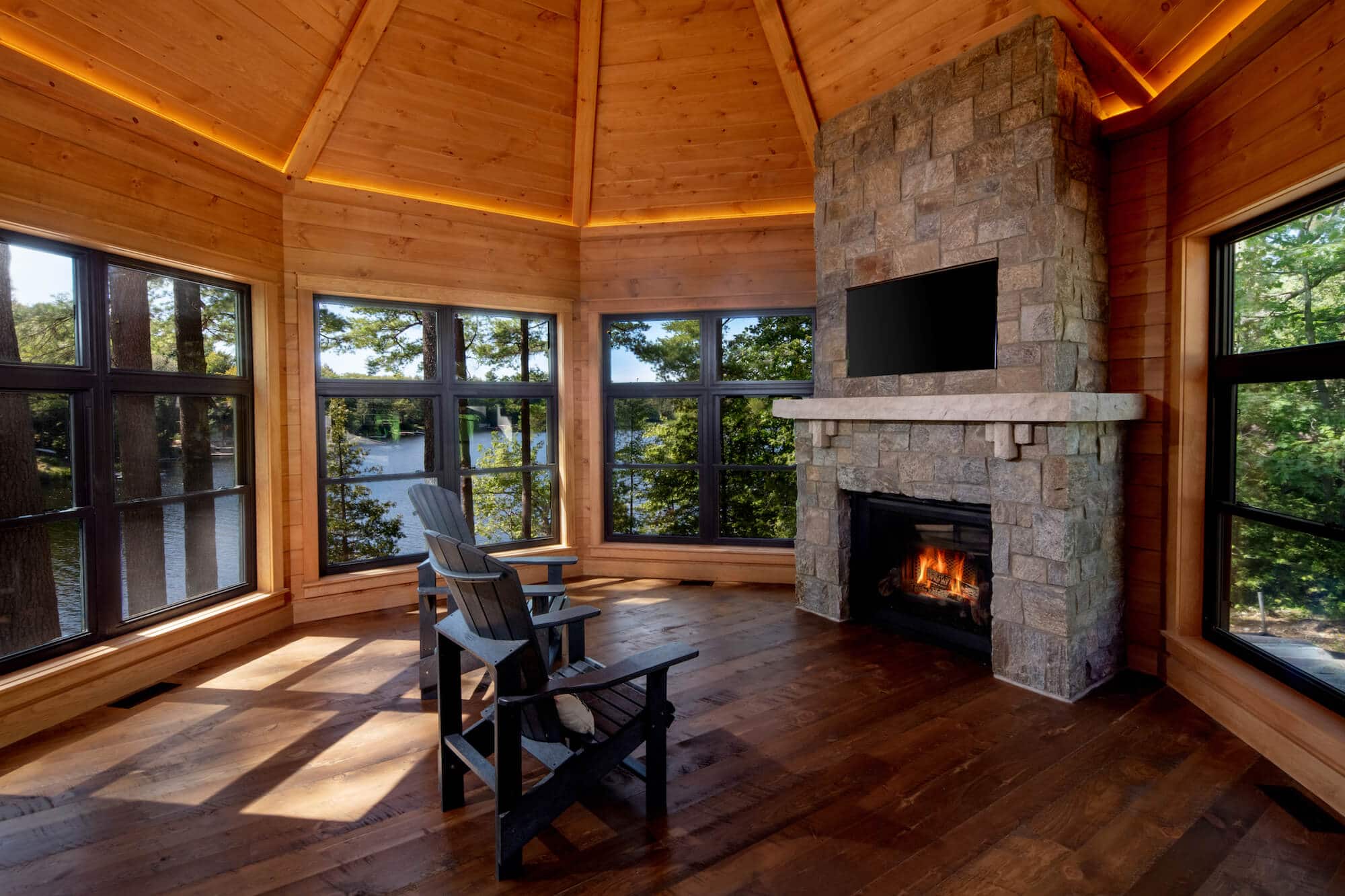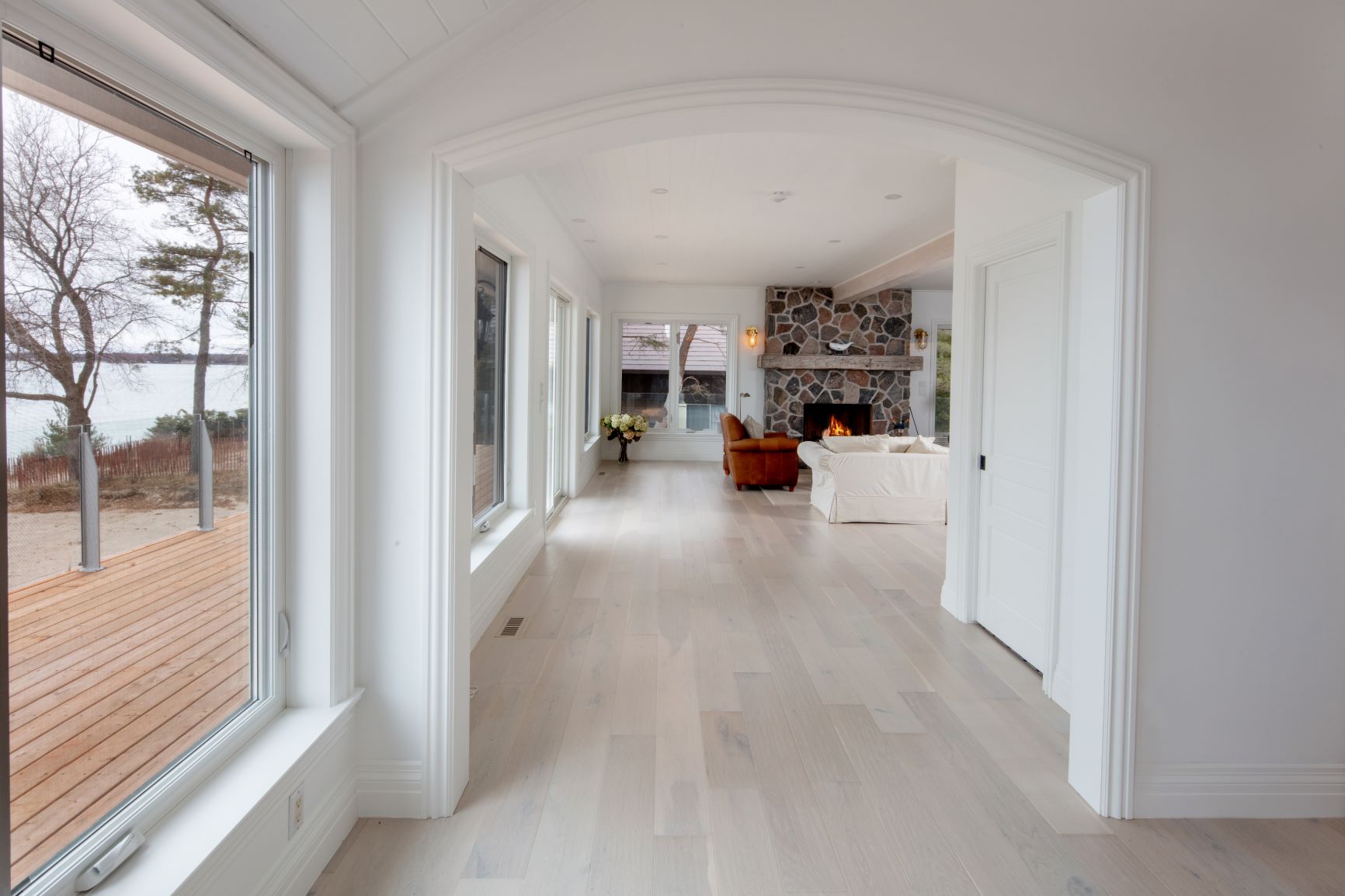
5 Expert Tips to Plan the Ultimate Home Renovation
From deciding on your priorities to discovering your vision, these home renovation tips are key.
Planning a home renovation can be one of the most fun things you can do as a homeowner, as a remodel or addition can add a brand new touch to a lived-in home. However, if done the wrong way, home renovations can be incredibly expensive pains that don’t pay off.
At Gilbert + Burke, we’re experts when it comes to remodels that add beauty and function to our client’s homes. With years of valuable experience, we know renovation best practices — which is why we’re sharing our top 5 home renovation tips. Your job? To remember your priorities, think big-picture and find the right renovation team to carry out your vision.
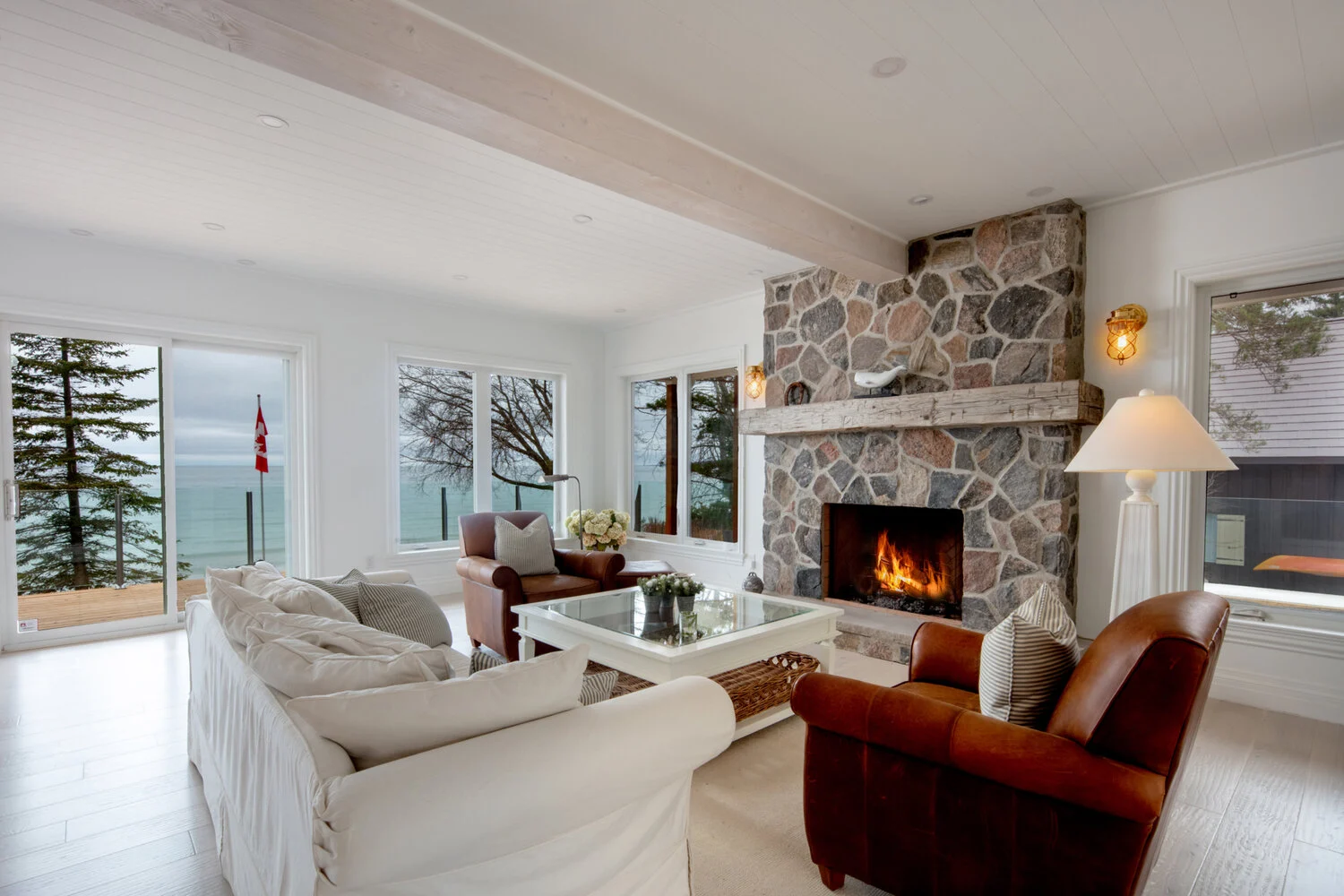
- Decide on a budget
While it might seem like an “of course!” task, deciding on a budget is an essential piece of the home renovation puzzle that people often don’t think about. The thing is, your budget — no matter how small or large it may be — is key to deciding what your home renovation will look like. Consolidating your budget in advance is the best method for staying happily on track with your project.
If you’re unsure how to set a budget for your home renovation, we have a couple of tips. First, do some market research around your area, whether that means contacting home supply stores or asking neighbours who have done similar renovations. Next up? Deciding on a number that you feel comfortable with, and then recognizing that that number may shift slightly during your project. Your goal is to find a budget with room for a little movement that allows your vision to come true.
- Do the paperwork
When it comes to practical home renovation tips, one thing always sticks out: make sure your I’s are dotted, and T’s are crossed when it comes to permits and paperwork. While it may not seem fun, it’s necessary to ensure that your project timelines work and that your build is fully legal. While the team you hire to perform your renovation will often be permit and paperwork experts, there’s a good chance you may be doing your renovation on your own. If that’s the case, familiarize yourself with provincial regulations ahead of time.
- Consider your priorities
We’re fans of dreaming big when it comes to home renovations because it allows you to decide on something very important: your true priorities. If you consider your priorities at the start of your project, you’ll be better able to stay on budget while staying pleased with the results. For instance, maybe you want quartz countertops — and, while new hardwood floors would be great, you want to focus on countertops first. This helps to define your project in advance, giving you room to be excited if something works out while avoiding disappointment if it doesn’t.
- Think about resale value
While resale value doesn’t need to be your #1 priority in your home renovation, it needs to be considered. For instance, your kitchen renovation might be a beautiful addition to your home — but, if you’re designing it only to your taste, it’s important to recognize that it may become dated much faster. If you’re looking to sell your home within the next five or so years, balance your own home renovation dreams with practical tips that will help you get your money back when the time comes.
- Find the right team
Our ultimate home renovation tip? To find a team you can trust to help turn your vision from blueprints into tangible change. After all, working with the right team for your home renovation is the best plan for staying on budget, getting expert advice and ensuring quality during the entire project.
At Gilbert + Burke, we’ve long since been the top choice for discerning clientele in Ontario’s cottage country — because we know how to help our clients make their dreams come true. Are you interested in starting your next project? Get an immediate estimate with us here!


